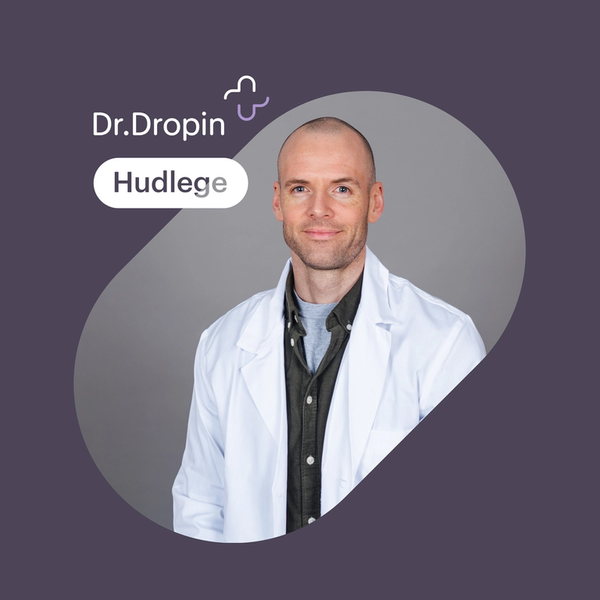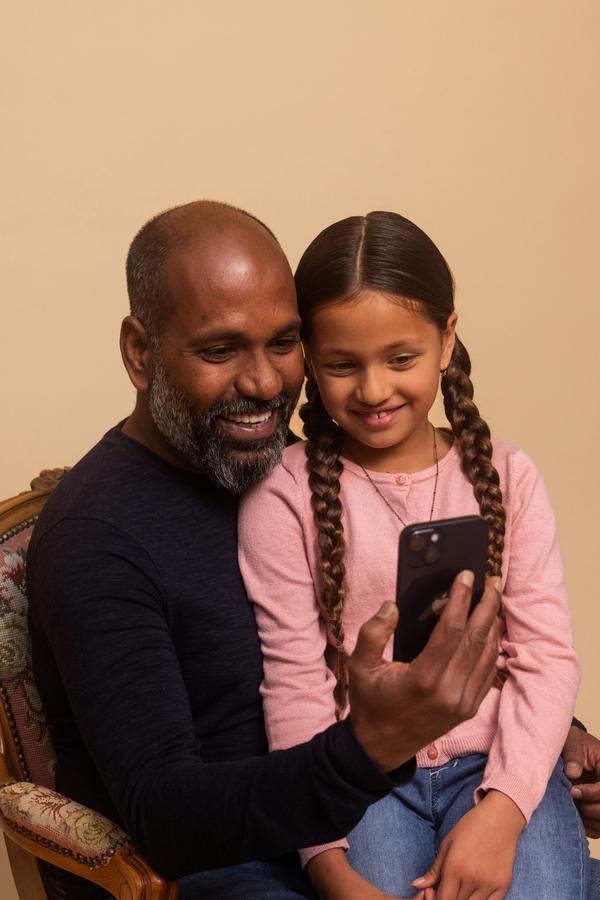Children's eczema
Babies often get rashes, especially during the first weeks of life. This can be experienced as scary for the parents but is usually temporary and harmless. We have collected here some of the most common forms of childhood eczema.
It can be confusing for many parents to know what can and should be treated and what cannot. Consultation and possible treatment of children's eczema are done at all our dermatologist clinics. Often the dermatologist can also map and provide treatment via video or now also through a photo consultation.
Photo consultation 495,–
